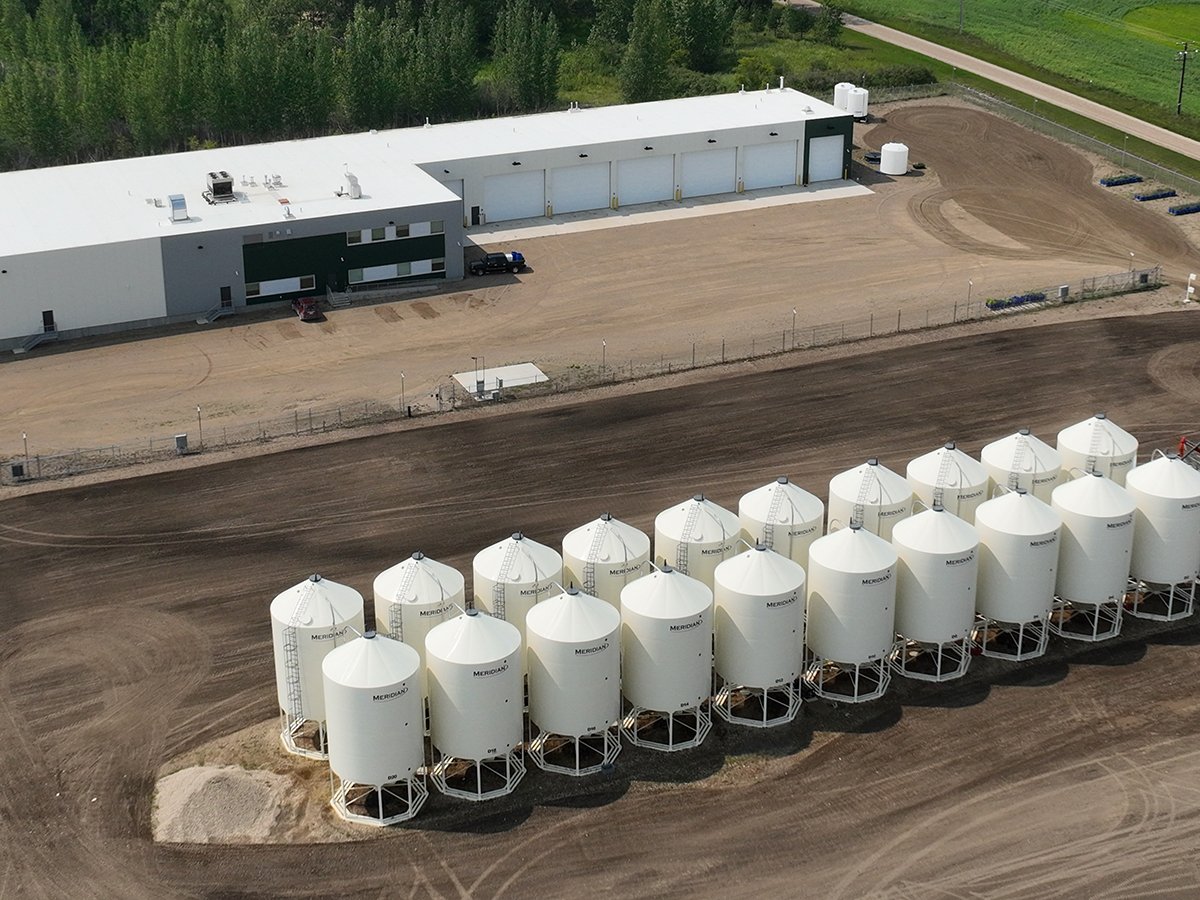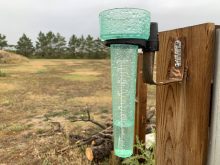The biggest thrill for a plant breeder is seeing his variety develop a loyal following.
Saskatoon breeder Bruce Coulman has spent his academic and research career in forages, releasing 18 varieties that include Azur red clover and AC Knowles and AC Success hybrid bromegrasses.
“A plant breeder gets a lot of satisfaction from creating new varieties and gets satisfaction when it’s in great demand,” he said.
This year, Coulman won the Canadian plant breeding and genetics award from the Canadian Seed Trade Association and Germination magazine.
Read Also

Saskatchewan firm aims to fix soil with compost pellets
In his business, Humaterra, Leon Pratchler is helping farmers maximize yields in the weakest areas of their fields through the use of a compost pellet.
CSTA executive vice-president Bill Leask, said Coulman is the first recipient to have worked with forages.
“Forage is too often overlooked in relation to the profile of oilseeds, cereals and pulses,” he said.
“When you consider the land area, cultivated or range, it covers a significant amount of Canadian agriculture.”
Leask praised Coulman’s work supporting the industry domestically and internationally.
The award is a highlight in a 32-year career that has involved work with Agriculture Canada, McGill University and the University of Saskatchewan, where he today heads the plant sciences department.
Coulman also continues his research in forage breeding with Agriculture Canada.
He was recently found at the Saskatoon research station surveying some of his plots, which will be harvested late as biomass crops to make ethanol.
Coulman said forage work is interesting because it is diverse and deals with plants, the animals that consume the plants, the seed industry and producers.
“A highlight is the relationship with seed growers and industry to get these varieties into the hands of farmers and get them used,” he said.
“It’s important to listen to what people’s needs are.”
Plant breeding is a long process, he said, with some of his early varieties built on the work of his mentors.
At any one time, several varieties are at different stages, with some just planted and others closer to seed sales.
“You have to have a good idea at the start about what you want to come out with at the end or otherwise it’s a waste of time.”
His current work is focused on perennial grasses, brome wheatgrass, timothy and orchard grasses and meadow smooth and hybrid brome grasses.
Coulman has travelled 10 times to China, where he is working to reverse degradation from overgrazing and non-sustainable farm practices that mirror the 1930s on the Prairies.
His interest in breeding grew from a high school job tending plant plots and visiting his older sister’s farm.
He studied agriculture at the U of S, completing a PhD in forage crop breeding at the University of Manitoba.
When not working, the father of three adult children enjoys international travel, volunteer work as a swimming official and wine and beer making.
His love of forages extends beyond the workplace to home, where he has inspired his Saskatoon neighbours to plant forages found in his own yard.














